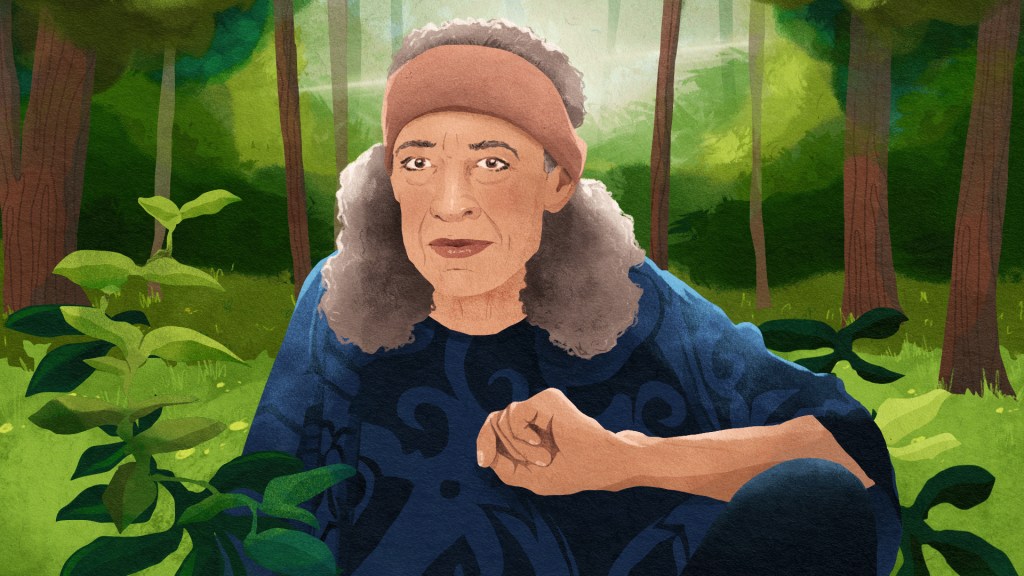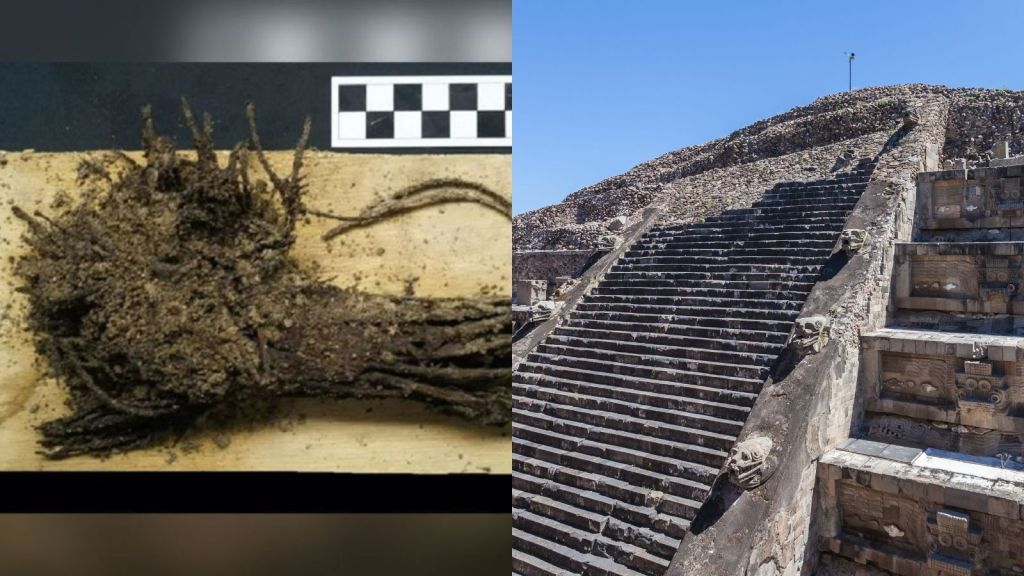Some 3,000 years ago, ancient peoples living on the Spanish island of Menorca ingested mind-altering drugs from plants, such as mandrake and joint pine, possibly during ritual ceremonies performed by shamans. This is the first direct evidence of ancient drug use in Europe, according to a new study on the find.
The research details psychoactive compounds that were detected in hair samples buried in Menorca’s Es Càrritx cave. While previous excavations in Europe have revealed indirect signs of drug use in artifacts like pottery or pipes, nobody has ever found mind-altering substances in human remains on the continent until now.
Videos by VICE
The discovery expands our knowledge of drug use by ancient cultures around the world, and is the latest weird revelation to emerge from Es Càrritx cave, which was occupied for almost 1,000 years, beginning around 1600 BCE. Its chambers contain the remains of more than 200 individuals as well as a trove of mysterious relics that offer a glimpse of the community’s complex rituals and traditions.
Among the most bewildering items buried at the cave are a number of carefully crafted tubes, made of wood or antler, that contain locks of human hair that were dyed red and cut from deceased individuals during funerary practices. Some of these tubes are capped with lids emblazoned with patterns of concentric circles, hinting at a spiritual dimension to this ritual.
Now, archaeologists led by Elisa Guerra-Doce, an associate professor of prehistory at the University of Valladolid, have used advanced techniques to detect the presence of the psychoactive compounds ephedrine, atropine, and scopolamine in these Bronze Age locks of hair. The results “furnish direct evidence of the consumption of plant drugs and, more interestingly, they reveal the use of multiple psychoactive species,” according to a study published on Thursday in Scientific Reports.
“As preserved human hair is rare in archaeological contexts, this was an unusual opportunity to detect levels of drugs in biological samples,” Guerra-Doce said in an email to Motherboard.
“We were very surprised” at the positive drug test, she added “because the botanical analysis carried out at Es Càrritx had revealed no remains of drug plants.”
Archaeologists have previously found direct evidence of psychoactive drug use in human remains on other continents, including in American Prehispanic mummified individuals, in human bones from prehistoric China, and in teeth enamel from Iron Age Vietnam. Indirect evidence of drug use is also extremely widespread around the world, suggesting that psychoactive substances were a way of life for many prehistoric and ancient cultures.
To confirm that ancient Europeans were among these drug-takers, Guerra-Doce and her colleagues analyzed the Es Càrritx hair samples with laboratory techniques known as ultra-high performance liquid chromatography and high-resolution mass spectroscopy.
The researchers think the discovery of atropine and scopolamine could be linked to plants of the nightshade family, including mandrake (Mandragora autumnalis), henbane (Hyoscyamus albus) or thorn apple (Datura stramonium). These plants can induce hallucinogenic visions and delirium, while ephedrine, which may have been sourced from joint pine (Ephedra fragilis) is a stimulant that causes excitement and alertness.
“Interestingly, the psychoactive substances detected in this study are not suitable for alleviating the pain involved in severe palaeopathological conditions attested in the population buried in the cave of Es Càrritx, such as periapical abscesses, severe caries, and arthropathies,” the team noted in the study.
“Considering the potential toxicity of the alkaloids found in the hair, their handling, use, and applications represented highly specialized knowledge,” the researchers continued. “This knowledge was typically possessed by shamans, who were capable of controlling the side-effects of the plant drugs through an ecstasy that made diagnosis or divination possible.”
Guerra-Doce and her colleagues hope that future research may resolve other mysteries about the cave and its occupants, including why babies and pregnant women were excluded from burial in its funerary chamber, the significance of the hair-dyeing ritual, and how people even got into the cave in the first place, given its elevated location on a cliffside.
What is clear, however, is that these rites faded away around 800 BCE due to social transformations in Spain’s Balearic Islands, though these ancient peoples made sure to preserve their ritual heritage for posterity.
“In the cave of Es Càrritx, some individuals reluctant to abandon ancient traditions, concealed a collection of ritual objects belonging to certain members of the community, possibly shamans, in the hope that the former social order could be re-established in the future,” the researchers said in the study. “And the best location to assure the protection of the assemblage was found going deeper inside the burial ground of the ancestors.”
While the revival of the cave community never happened, archaeologists are now piecing together the stories of these people more than 2,500 years later.




